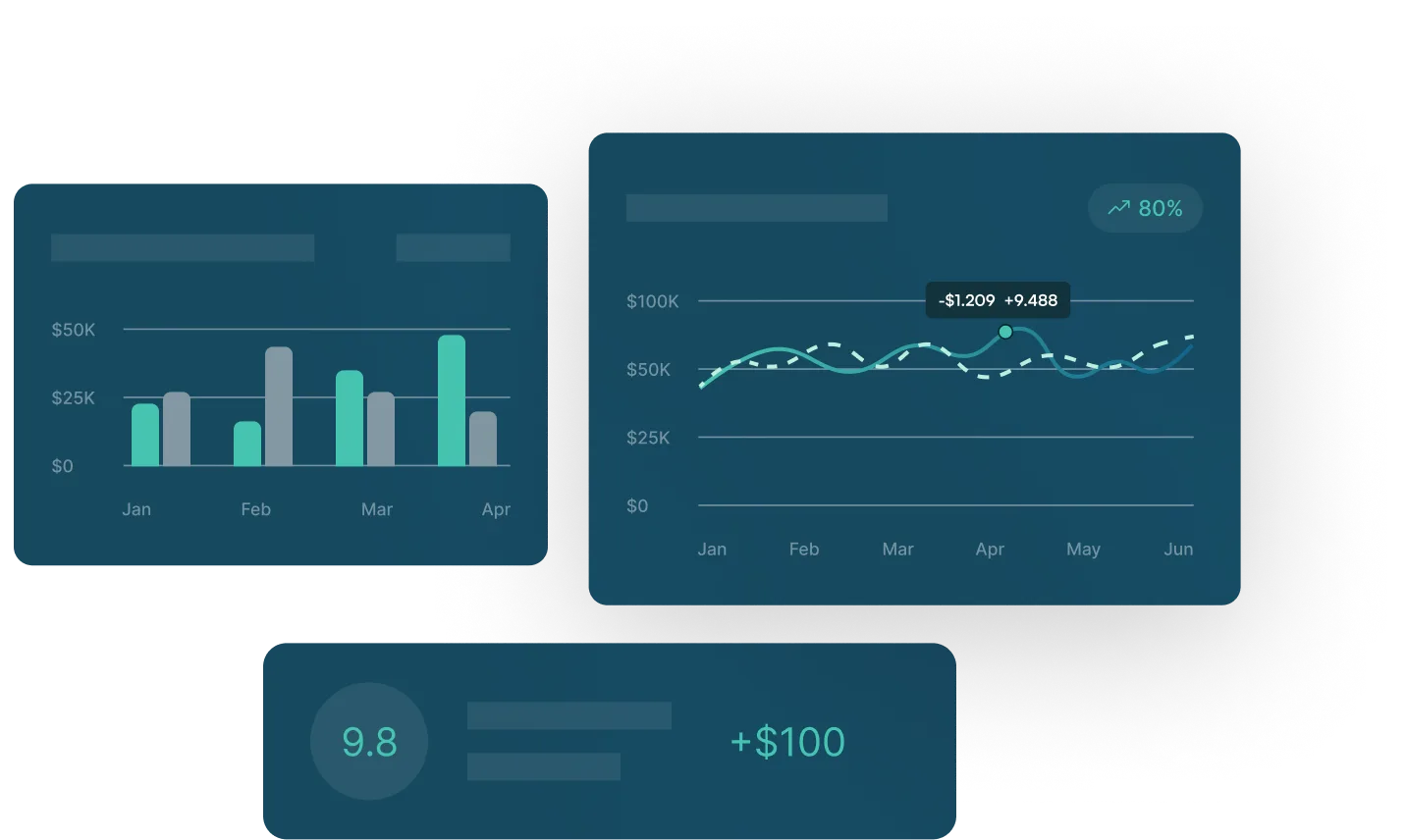Why Do I Need a Treasury and Risk Management System?


Amidst critical levels of economic volatility, flexible and nimble financial management is more important than ever. A Treasury and Risk Management System (TRMS) can be a game-changer in this arena, providing businesses with a singular platform to streamline and optimize their treasury and financial operations. Let’s explore why your business might need a TMS, the common challenges it can address, and how to make a compelling case to your business for its adoption.
Who Needs a Treasury and Risk Management System?
Contrary to popular thought, the need for a TRMS is not exclusive to large enterprises, and businesses of all sizes can benefit from them. If your company engages in diverse financial activities, manages multiple bank relationships, deals with complex cash flows, or operates in global markets, a TRMS can offer significant benefits. Additionally, organizations facing challenges related to cash visibility, risk management, and operational efficiency stand to gain even more from implementation.
Common Challenges Solved by a Treasury and Risk Management System
- Limited Cash Visibility: Lack of real-time visibility into cash positions makes it difficult to manage liquidity effectively.
- Solution: A TRMS provides real-time monitoring and reporting tools, offering a consolidated view of cash positions, enabling timely decision-making, and optimizing working capital.
- High Risk Potential: Exposure to financial risks without effective risk mitigation strategies threaten a business’s finances, sustainability, and ability to scale.
- Solution: A treasury and risk management system integrates comprehensive risk management tools, allowing businesses to identify, assess, and manage various financial risks through hedging strategies, scenario analysis, advanced modeling, and more.
- Inefficiency: Manual and time-consuming processes for cash management, payments, and reconciliation drag down small or remote treasury teams, taking away from strategic endeavors.
- Solution: Automation of these processes through a TRMS increases efficiency, reduces errors, and frees up valuable resources for strategic financial planning.
- Compliance: Staying compliant with changing financial regulations and reporting requirements is increasingly complex.
- Solution: TRMS systems often include updating compliance modules that help automate regulatory reporting, reducing the risk of non-compliance.

How Do I Ask for a TRMS?
Making a compelling case to your CFO for the adoption of a TRMS hinges on emphasizing both the hard-dollar ROI of a TRMS, as well as other crucial benefits. When advocating for a TRMS, you can enter the discussion prepared by doing the following:
- Identify Your Business’s Specific Pain Points
Clearly outline the current pain points and challenges faced by the finance and treasury teams. Emphasize the impact on operational efficiency, risk exposure, and compliance.
- Quantify Savings and ROI
Demonstrate how a TMS can lead to cost savings through automation, reduced manual errors, and improved working capital. Provide estimates of potential time and resource savings and a comprehensive ROI analysis, considering both tangible and intangible benefits. Illustrate how the upfront investment in a TRMS can translate into long-term financial gain.
- Showcase Strategic Value
Highlight the strategic value of a TMS in supporting the company’s growth objectives. Discuss how tools like enhanced cash visibility and risk management can contribute to your specific goals and towards strategic pursuits.
- Emphasize Compliance Benefits
Showcase the TRMS’s role in automating compliance processes, reducing the risk of penalties, and ensuring the organization stays up-to-date on regulatory changes. Underline the minimized threat of audits with automated paper trails and full reporting capabilities.
- Present Potential Options
Research and present potential TRMS platforms, focusing on those that align with the company’s specific needs and offer scalability for future growth. If possible, attend meetings with each vendor and gain clarity on the specific tools and modules of each system to bring with you to your pitch.
Conclusion
A Treasury and Risk Management System is a strategic investment for businesses seeking to enhance financial control, mitigate risk, and optimize operational efficiency. By understanding the needs of your organization, recognizing challenges, and presenting a compelling case to your CFO, you can pave the way for transformative financial management that positions your company for success in any financial scenario.
Why Do I Need a Treasury and Risk Management System?
Amidst critical levels of economic volatility, flexible and nimble financial management is more important than ever. A Treasury and Risk Management System (TRMS) can be a game-changer in this arena, providing businesses with a singular platform to streamline and optimize their treasury and financial operations. Let’s explore why your business might need a TMS, the common challenges it can address, and how to make a compelling case to your business for its adoption.
Who Needs a Treasury and Risk Management System?
Contrary to popular thought, the need for a TRMS is not exclusive to large enterprises, and businesses of all sizes can benefit from them. If your company engages in diverse financial activities, manages multiple bank relationships, deals with complex cash flows, or operates in global markets, a TRMS can offer significant benefits. Additionally, organizations facing challenges related to cash visibility, risk management, and operational efficiency stand to gain even more from implementation.
Common Challenges Solved by a Treasury and Risk Management System
- Limited Cash Visibility: Lack of real-time visibility into cash positions makes it difficult to manage liquidity effectively.
- Solution: A TRMS provides real-time monitoring and reporting tools, offering a consolidated view of cash positions, enabling timely decision-making, and optimizing working capital.
- High Risk Potential: Exposure to financial risks without effective risk mitigation strategies threaten a business’s finances, sustainability, and ability to scale.
- Solution: A treasury and risk management system integrates comprehensive risk management tools, allowing businesses to identify, assess, and manage various financial risks through hedging strategies, scenario analysis, advanced modeling, and more.
- Inefficiency: Manual and time-consuming processes for cash management, payments, and reconciliation drag down small or remote treasury teams, taking away from strategic endeavors.
- Solution: Automation of these processes through a TRMS increases efficiency, reduces errors, and frees up valuable resources for strategic financial planning.
- Compliance: Staying compliant with changing financial regulations and reporting requirements is increasingly complex.
- Solution: TRMS systems often include updating compliance modules that help automate regulatory reporting, reducing the risk of non-compliance.

How Do I Ask for a TRMS?
Making a compelling case to your CFO for the adoption of a TRMS hinges on emphasizing both the hard-dollar ROI of a TRMS, as well as other crucial benefits. When advocating for a TRMS, you can enter the discussion prepared by doing the following:
- Identify Your Business’s Specific Pain Points
Clearly outline the current pain points and challenges faced by the finance and treasury teams. Emphasize the impact on operational efficiency, risk exposure, and compliance.
- Quantify Savings and ROI
Demonstrate how a TMS can lead to cost savings through automation, reduced manual errors, and improved working capital. Provide estimates of potential time and resource savings and a comprehensive ROI analysis, considering both tangible and intangible benefits. Illustrate how the upfront investment in a TRMS can translate into long-term financial gain.
- Showcase Strategic Value
Highlight the strategic value of a TMS in supporting the company’s growth objectives. Discuss how tools like enhanced cash visibility and risk management can contribute to your specific goals and towards strategic pursuits.
- Emphasize Compliance Benefits
Showcase the TRMS’s role in automating compliance processes, reducing the risk of penalties, and ensuring the organization stays up-to-date on regulatory changes. Underline the minimized threat of audits with automated paper trails and full reporting capabilities.
- Present Potential Options
Research and present potential TRMS platforms, focusing on those that align with the company’s specific needs and offer scalability for future growth. If possible, attend meetings with each vendor and gain clarity on the specific tools and modules of each system to bring with you to your pitch.
Conclusion
A Treasury and Risk Management System is a strategic investment for businesses seeking to enhance financial control, mitigate risk, and optimize operational efficiency. By understanding the needs of your organization, recognizing challenges, and presenting a compelling case to your CFO, you can pave the way for transformative financial management that positions your company for success in any financial scenario.

See GTreasury in Action
Get connected with supportive experts, comprehensive solutions, and untapped possibility today.

























.png)















.png)




















